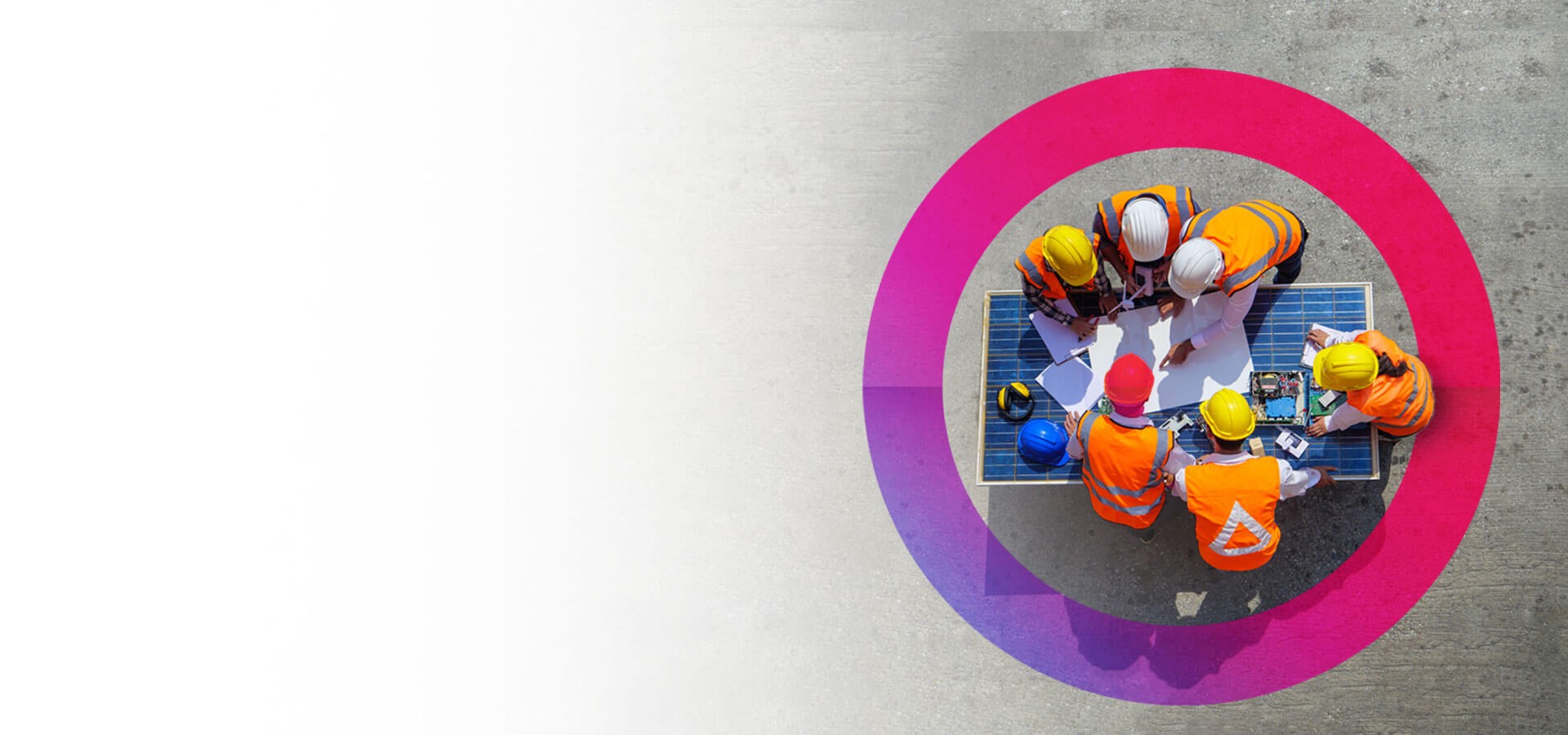
There is no point pretending or even considering that a project can be risk-free. I am probably sounding very negative but unfortunately, it is highly advisable to include a project risk management process in your organization in order to increase the chances of successful project implementation.
The risk management plan should identify any risks which you anticipate and plan throughout the project life-cycle. By identifying this risk before it occurs, it should provide you with the appropriate amount of time to prepare and set aside solutions to manage and hopefully derail these risks. The process should give you an outline of guidelines to follow in order to determine any risks, therefore having the ability to manage and avoid any potential risks. Here are our five tips that you can follow in order to identify and manage risks effectively and ultimately better manage your projects.
Top 5 Tips for Effective Project Risk Management
1. Risk Identification
The sooner risks are identified, the sooner plans can be put in place to manage these risks. The more members of the team involved in the risk process the easier it is to identify all risks associated with the project. Assigning the risk process to one member of the team is rarely successful, therefore it is important to include as many project team members as possible, as one person may not be able to identify all risks that a project might be faced with.
2. Analyzing the Risk
Following on from identifying risk, the team should then identify the category the risk falls into, whether it’s minor, moderate, or critical. Being able to analyze the risk as quickly as possible ultimately leads to smarter decisions based on that risk.
Cora clients use our Risk and Issues Registers, which enable the assigning of a risk rating to items based on their Likelihood and Impact. It then assigns a Risk Score, with the most serious items being assigned a high score and red status. Our Risk Matrix Widget, pictured below, is most useful when used at a Programme for portfolio level as it alerts you to potential areas of concern and allows you to view the summary where you can drill down into the Description hyperlink (highlighted below) bringing you directly into the project Risk Register.
3. Assigning an Owner
Who is responsible for the risk? Do not forget to assign a team member to oversee this risk, identifying and analyzing it is well and good but finding the right team member to own this risk is as important. There may be a team member who is more skilled or experienced dealing with the assigned risk, this member should then lead this risk to resolve it! This is an important stage, it sounds like a formality but time and time again organizations do not manage this stage correctly.
4. Respond to the Risk
Now that the risk has been assigned, this member of the team needs to develop a strategy, a contingency plan, or a preventive plan to mitigate this risk. The risk can then be acted upon as to how you prioritized it and this can be added to your Risk register.
5. Monitor and Review the Risk
Project Risk Management is a process and this should be constantly revisited. It is important to monitor risks regularly as they have the potential to change and ultimately affect the performance of the project. Setting up meetings to manage the risk(s) is advised, having all team members aware of the risk is important as it will help them along the project cycle. Determine whether the process is running smoothly and whether changes may be required to have an effective risk management process. By identifying and managing all risks it can make the project cycle a lot easier and less complicated as well as being more adaptable in the face of change.
Learn More Project Risk Management Tips
For over 50 years renowned PMI Fellow and Founder of the PMP Lee R. Lambert has been helping organizations to manage risk in their day-to-day Project Management activities. In his webinar: “Pay Me Now or Pay Me Later” – Establishing a Framework to Manage Risk Lee highlights some of the recurring Risk Management trends he has experienced during his five decades in the industry. He also outlines how factors such as the creation of a process for standardized project risk management and the expert implementation of a PPM solution can lead to significant improvements in the area. Lee R. Lambert has also produced a free guidebook, which is also entitled “Pay me now, or pay me later – Establishing a Framework to Manage Risk”.






